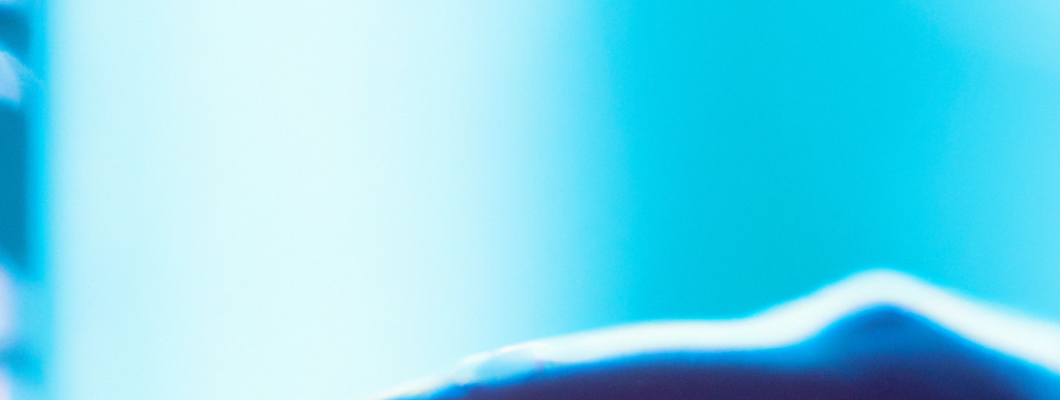Ultimate Guide to UV Printers: How They Transform Printing Technology

Unlocking the Potential of UV Printers: Revolutionizing Modern Printing
In recent years, UV printers have emerged as a game-changer in the printing industry. These innovative devices use ultraviolet light to quickly cure ink directly onto a variety of surfaces, making them incredibly versatile and efficient. Unlike traditional printing methods, UV printing offers outstanding quality, durability, and the ability to print on materials that were once considered challenging or impossible to print on. This technology is transforming sectors ranging from advertising and signage to customized products, providing businesses with endless possibilities for creative and high-quality outputs.
The core advantage of UV printers lies in their curing process. When the UV light strikes the specially formulated ink, it instantly dries and hardens, bonding firmly to the substrate. This rapid curing process not only accelerates production times but also results in sharper images with vibrant colors. Moreover, UV printing produces a very thin layer of ink, which means that detailed designs and fine lines come out crisp and clear. This is especially beneficial for printing on specialized surfaces such as glass, metal, wood, plastic, and even curved or uneven surfaces, offering unparalleled flexibility in application.
Benefits of Using UV Printers
One of the most significant benefits of UV printers is their ability to print directly onto a wide range of materials without the need for costly and time-consuming setup processes. This direct-to-substrate approach greatly reduces material waste and turnaround times. Additionally, UV prints are highly resistant to scratches, UV rays, chemicals, and water, making them ideal for both indoor and outdoor signage, promotional items, and product packaging. The durability and vibrant colors do not fade easily, ensuring long-lasting results in various environments.
Another advantage is that UV printing is eco-friendly compared to many traditional printing methods. The inks used are often free from volatile organic compounds (VOCs), reducing harmful emissions. This eco-conscious aspect is increasingly important as more companies aim for sustainable practices. Furthermore, UV printers produce minimal waste and require less energy, contributing to cost savings and environmental responsibility.
Applications of UV Printing Technology
The versatility of UV printers allows for a wide spectrum of applications. In the signage and advertising industry, UV printers produce vibrant banners, posters, and 3D outdoor signs that stand out. For packaging and product branding, they enable high-resolution printing directly on bottles, containers, and promotional merchandise. Artists and designers also favor UV printers for creating custom art pieces, personalized gifts, and decorative items. On an industrial scale, UV technology is used for printing on complex objects such as electronics, automotive parts, and furniture, providing both functional and aesthetic benefits.
With advancements in ink formulations and print head technology, UV printers now offer features like white ink printing and spot varnishing, allowing for even more creative effects. The capacity to print in multiple layers or add textured finishes opens new avenues for innovative product design and branding. As a result, businesses that adopt UV printing often gain a competitive edge by offering unique, high-quality products that are both eye-catching and durable.
Investing in a UV Printer: What to Consider
If you're thinking about investing in a UV printer, several factors come into play. Consider the size and resolution of the printer, depending on your production needs. Higher resolution printers produce sharper images, but may come at a higher cost. Print speed is another relevant factor—larger operations benefit from faster machines to meet demand. Compatibility with various materials and ink options should also be checked to ensure it aligns with your business applications.
Maintenance, ease of use, and technical support are crucial components that can influence your overall experience. Since UV printing technology can be complex, choosing a reputable manufacturer or supplier with good customer support will help ensure smooth operation. Moreover, assess the total cost of ownership, including ink costs, electricity, and maintenance, to make an informed decision that fits your budget and business goals.
Conclusion
UV printers have revolutionized the printing landscape by blending speed, quality, and versatility into a single solution. From custom signage and packaging to high-end art applications, UV technology offers endless opportunities for creativity and efficiency. As this technology continues to evolve, businesses that embrace UV printing will stay ahead in the competitive market, delivering innovative and durable products that captivate customers. Whether you are new to printing or seeking to upgrade your existing setup, UV printers are a smart investment for the future of your business.
```
Leave a Comment